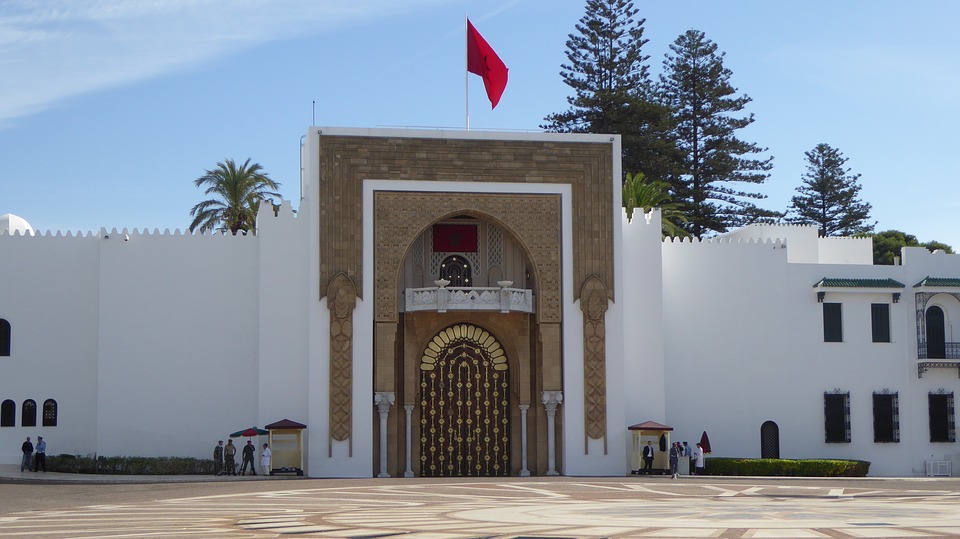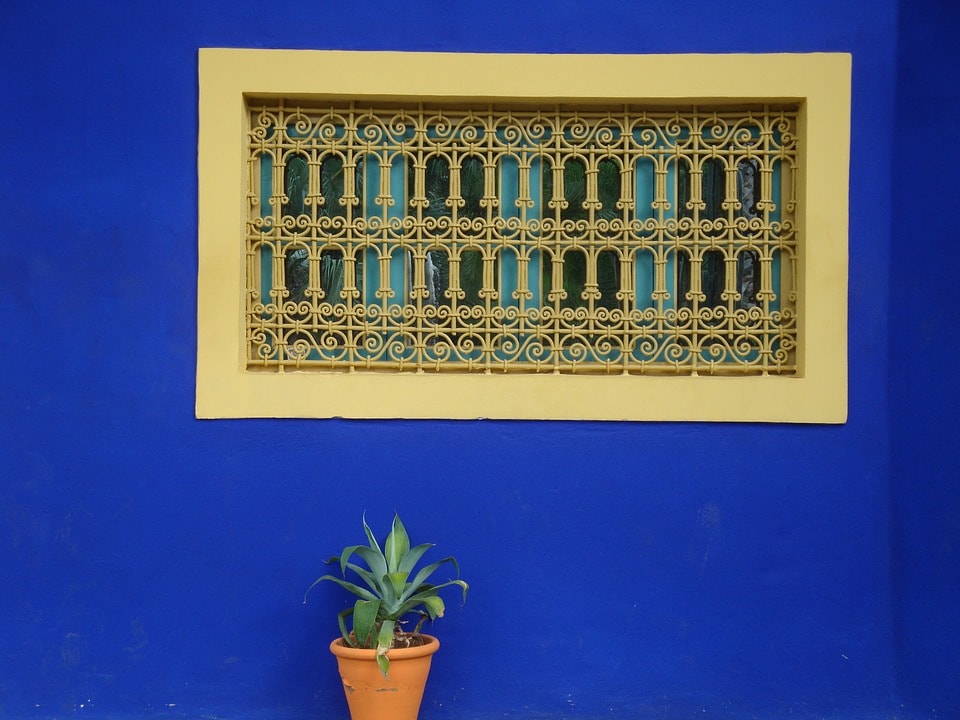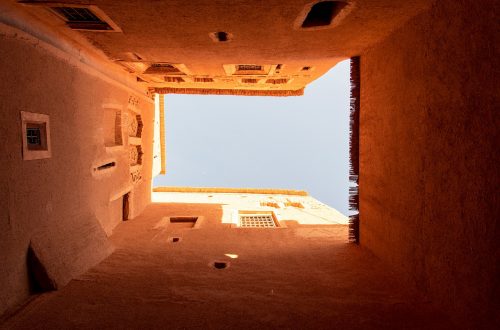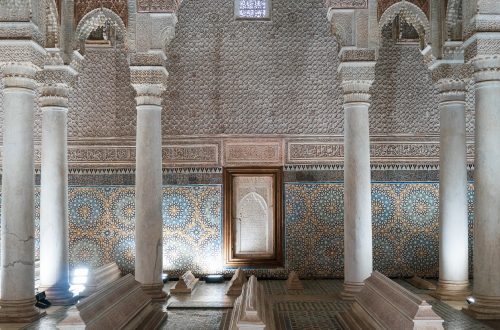
Tetouan, the White City of Morocco
Tetouan, the white city of northern Morocco, is a small town perched on the Rif mountain chain, resting on the northern slope of the Martil Valley. Far from the main tourist routes, Tetouan offers a glimpse of authentic Morocco, just a few steps away from cosmopolitan Tangier.
Often overlooked by travelers heading to the more famous Chefchaouen, the Blue Pearl of Morocco, Tetouan deserves at least one full day. Wander without haste through its discreet and authentic Medina, and avoid the usual quick-stop tours that bring groups here for just a few hours.
While planning my tour of northern Morocco, my main goal was to see the famous blue city. However, Moroccan roads are not quite like those back home, so I decided to include an extra stop in my trip. That’s how I discovered Tetouan—almost by chance.
With very little information available, something about it intrigued me. And I was right to follow my instinct. This town welcomed me with the expected Moroccan chaos, but also with moments of calm and intimacy that are now rare in larger cities like Tangier and Marrakech.
That’s why I want to share this little discovery with you and explain why Tetouan absolutely deserves a visit on your Moroccan journey.
Tetouan is a vibrant provincial center where local agriculture, livestock, and crafts are traded. Its Medina will surely offer you a memorable souvenir—or at least a moment of pleasure with a traditional mint tea and almond pastries, which you’ll later label as “nostalgia” once you’re back home.
The Medina of Tetouan
The Medina has been a UNESCO World Heritage Site since 1997. It’s a maze of white alleys that intertwine until you lose your sense of direction.
Each area of the Medina is dedicated to a specific trade. You absolutely must visit the bakery and pastry quarter. For just a few dirhams, you can buy almond, honey, and dried fruit pastries, very similar to Sicilian treats.
Enjoy them at cafés overlooking the squares. It’s common practice for locals to sit and sip mint tea at the cafés while buying food from nearby market stalls or street vendors.
Continue your aimless stroll beneath carved beams and covered alleyways. Explore the many makeshift markets and shops selling local fabrics and carpets.
The Tanneries
Dar Dbagh, meaning “House of Ink,” is a still-active tannery in Tetouan. These are large open-air vats where leather is washed, treated, and dyed, then laid out in the sun to dry.
Unfortunately, little remains of this ancient craft, which is gradually being replaced by industrial production. The place feels neglected and rundown, but it is still worth a visit.
A helpful guide for your journey
We’ve selected one of the most appreciated travel guides to help you discover this destination at its best. A small but valuable tool to plan your trip with heart and open mind.
The Muslim and Jewish Cemeteries
The two cemeteries stretch across opposite sides of Tetouan’s hill. Their proximity demonstrates how different religions have long coexisted peacefully in this small town.
The Muslim cemetery is just outside Bab Mkabar gate. It’s a scenic site with tombs shaped like benches and decorated with colorful ceramic tiles. At sunset, the cemetery becomes a popular spot to admire views of the town and the sea.
The Jewish cemetery lies just below, on the opposite slope. It is one of the largest Jewish cemeteries in Morocco and is a pilgrimage site for many.
The Spanish Fortress
From the cemeteries, you can follow the wall of the Medina to reach the Spanish Fortress. Once the headquarters of the Spanish protectorate, the fortress is a large structure that breaks the uniform white of Tetouan’s buildings. Sadly, it is now reduced to ruins.
The Royal Palace
The best place to conclude your visit to Tetouan is Hassan II Square. Here stands the Royal Palace, one of King Mohammed VI’s many summer residences.
Though the square itself is off-limits to the public, there are many charming two-story cafés nearby. Locals gather at these outdoor tables throughout the day. Café Palmera is one of the oldest and most popular spots, especially in the evenings.
Sip a mint tea like the locals, watch them smoke their pipes, and play parcheesi—a traditional board game.
Here, amidst the scent of spices and the freshness of mint, it’s easy to surrender to rest and dream of a new life under the warm Moroccan sun and the cool shade of palm trees.
Tetouan is a small town that hides a thousand wonders, like a little Jasmine guarding priceless treasures and stories within her riad. If you’re curious to know more about Tetouan’s history and neighborhoods, download the dedicated guide to this Moroccan gem.




